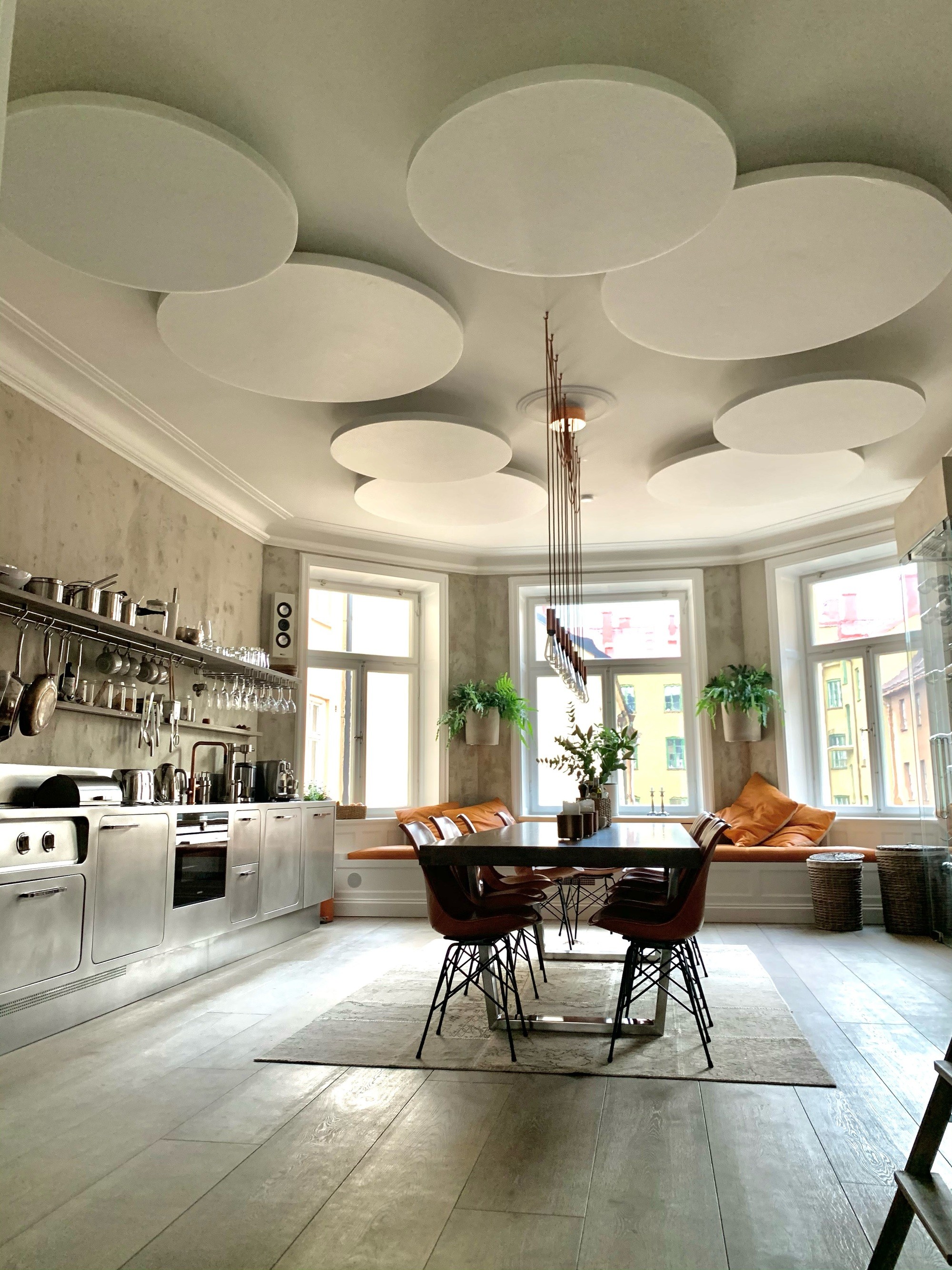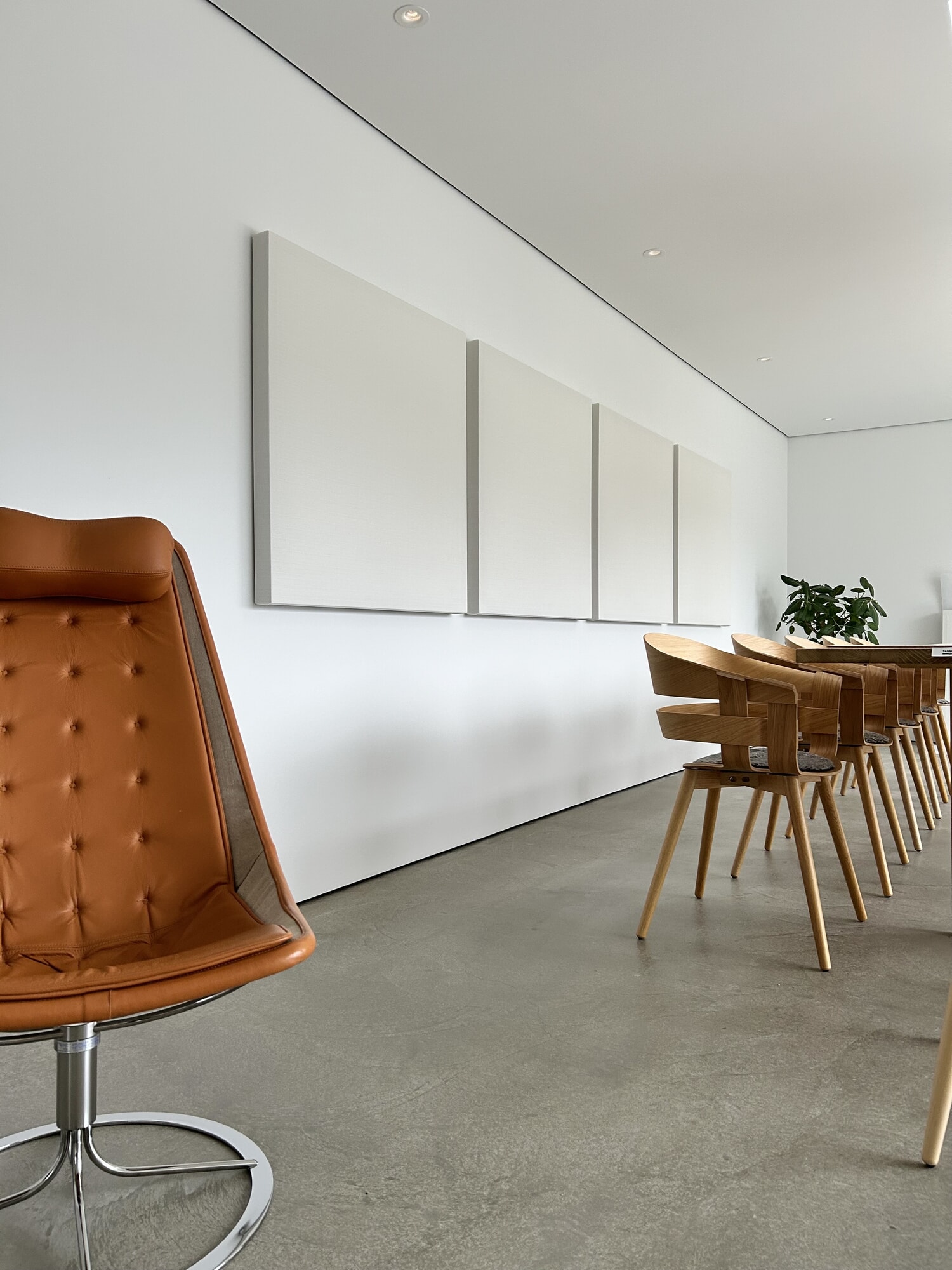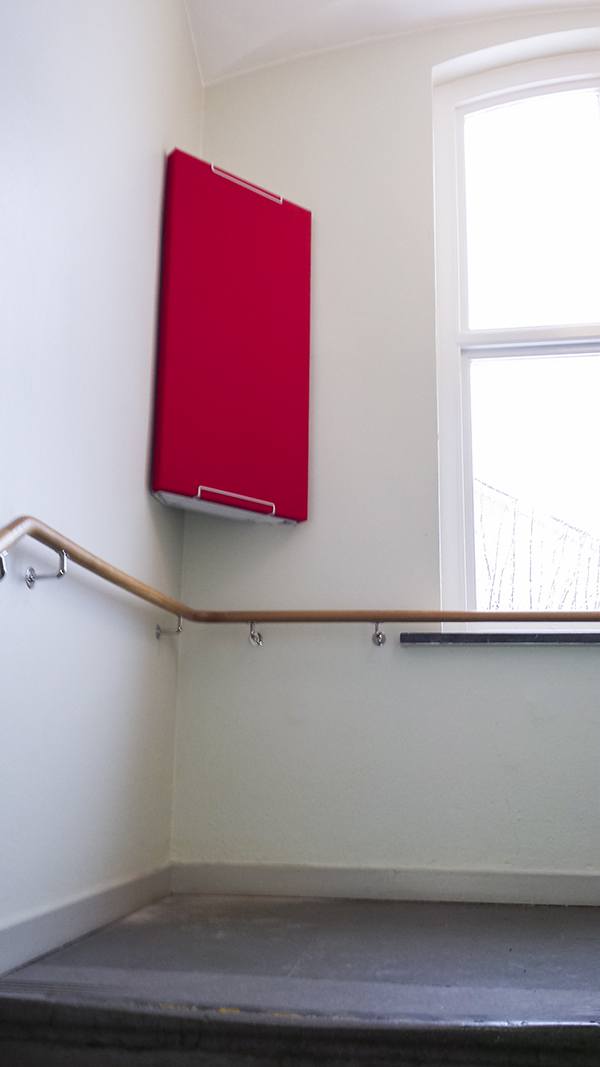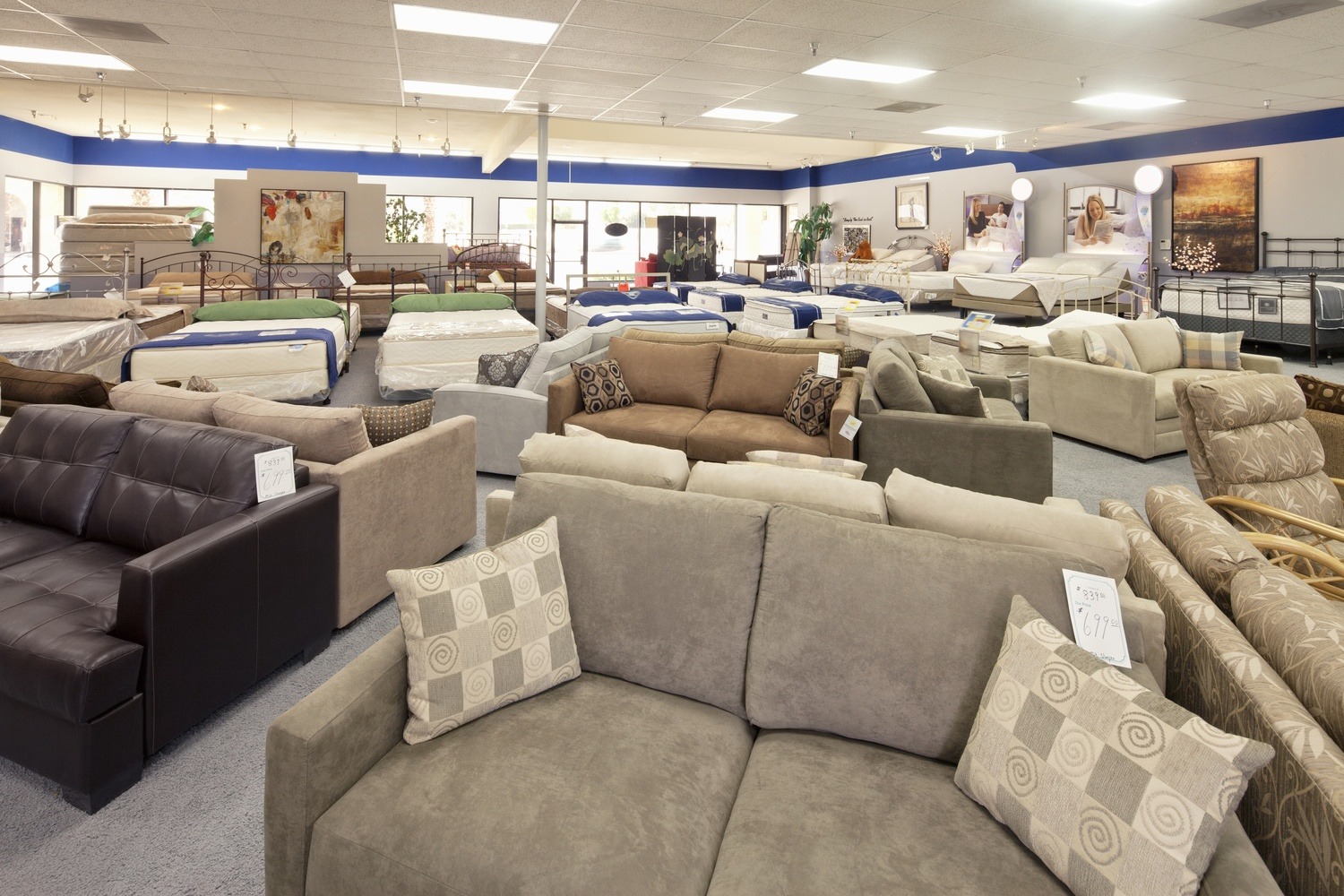How to reduce echo effectively – Create a balanced sound environment
Reducing echo in a room is about controlling sound reflections and creating a more balanced and pleasant acoustic environment. When sound waves bounce between hard surfaces such as walls, ceilings, and floors, extended reverberation occurs, making it difficult to clearly perceive speech, music, and other sounds. This can be especially problematic in large or open spaces where sound reflects without obstruction.
With the right acoustic solutions and strategic placement of sound-absorbing materials, you can effectively reduce echo and improve the room's acoustics. Here, we explain the causes of echo and how to best reduce it in different types of environments.
What causes echo in a room?
Echo occurs when sound waves are reflected back without being absorbed, creating a delayed sound image and extended reverberation. The most common causes of echo are:
Hard surfaces
Materials such as glass, concrete, tile, and wood reflect sound instead of absorbing it.
Large, open spaces
The larger the room, the longer it takes for sound to fade, which creates more reverberation.
Minimal furnishing
Rooms without carpets, curtains, and soft furniture have fewer sound-absorbing surfaces.
High ceilings
Sound waves travel longer distances, which amplifies the echo.
To reduce echo, you need to break the reflections of sound waves and create a more controlled acoustic environment.
Effective methods for reducing echo
To create a more pleasant and well-balanced acoustic environment, you should use a combination of sound-absorbing materials and strategic placement.
Balance sound absorption and diffusion
The goal of reducing echo is to create a balanced soundscape, not to eliminate all sound. A room with too much sound absorption can feel "dead" and unnatural. By balancing acoustic solutions, you can create a pleasant and functional sound environment without making the room too quiet.
How to reduce echo effectively
Reducing echo is about controlling sound reflections and optimizing the acoustic environment. The most effective measures include:
By using the right methods and materials, you can effectively reduce echo and create a more pleasant acoustic environment, whether it's for offices, restaurants, home theaters, or public spaces.













